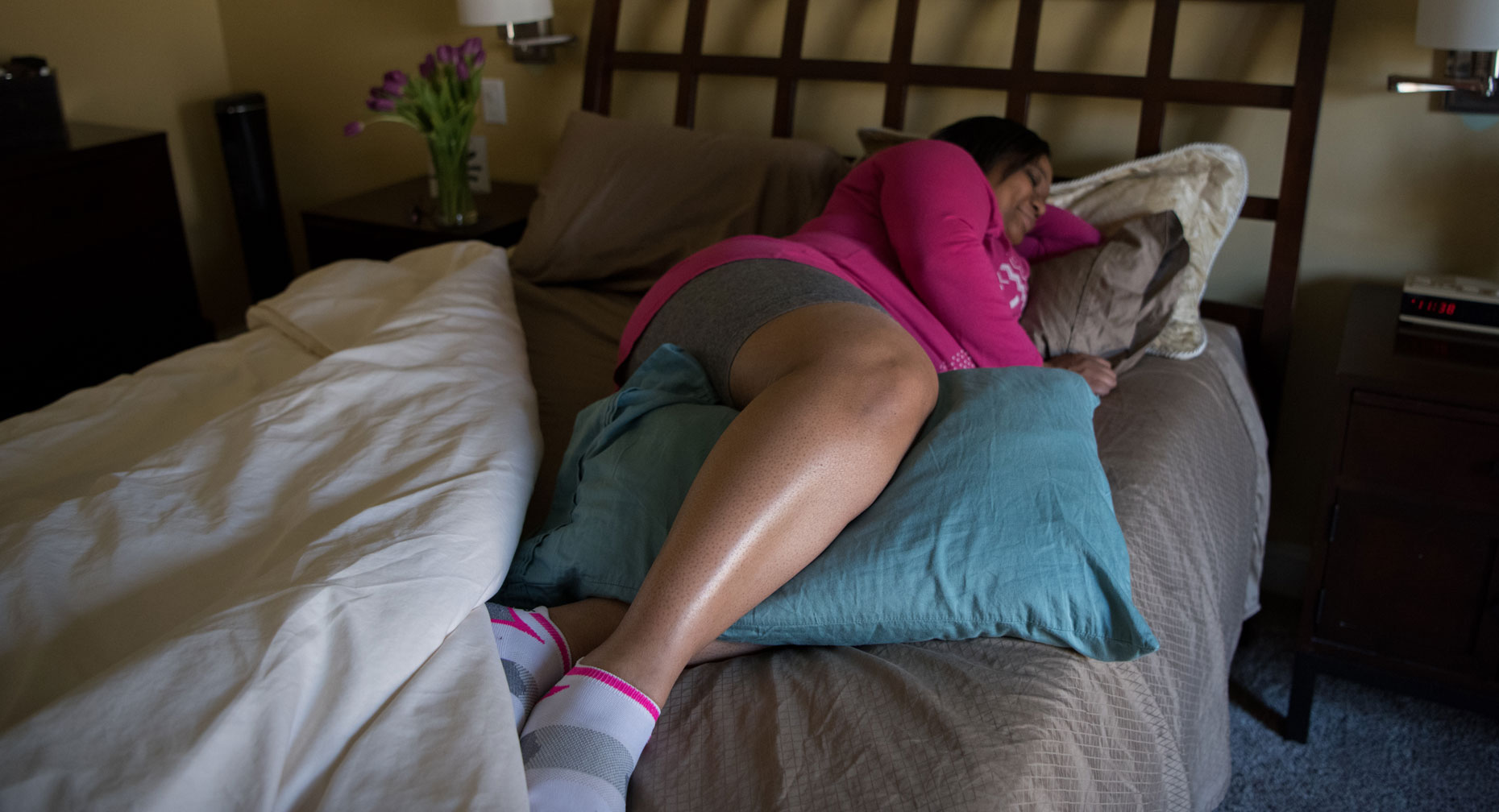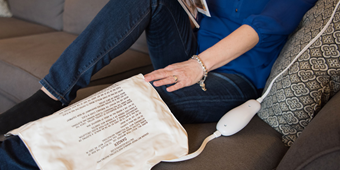Find a Sleep Position That’s Best for You

Answer a few questions and we'll provide you with a list of primary care providers that best fit your needs.
We spend up to a third of our lives sleeping. It’s a restorative time, not only for your mind, but also for the muscles and ligaments of your back. Your position and props for sleeping can have a great impact on your energy level and ease of movement as you go through your day. How can you make the most of every sleeping moment?
Sleeping on your left side can help reduce heartburn symptoms, especially if you use a pillow to elevate your head.
Are You a Back, Stomach or Side Sleeper?
In general, the best sleep position is one that keeps your ears, shoulders and hips in line. How to accomplish that varies from person to person — and you may change position as you sleep through the night.
Sleeping on your back can be a good, neutral position for both your neck and back. Lying without a pillow is best for back alignment and to prevent neck pain. Placing a pillow underneath your knees or even from your calves to ankles can help alleviate any strain on your back. The down side to sleeping on your back is that it may cause your airway to collapse and lead to snoring or small disruptions in breathing called sleep apnea. Both can prevent a restful sleep.
Stomach sleeping is generally considered the worst position for your back. It doesn’t provide back support and can stretch your neck. However, if you have degenerative disc disease or a herniated disc in your lower back, sleeping on your stomach may be the best choice. If you’re a stomach sleeper, try sleeping without a pillow or with a very flat pillow. You might also try placing a flat pillow under your stomach and pelvic area to keep your spine in better alignment.

Side sleeping is the choice for the vast majority of people. If you prefer this position, it’s best to keep your knees bent. Place a firm pillow between your knees to help keep your spine and hips in alignment. Sleeping on your left side can help reduce heartburn symptoms, especially if you use a pillow to elevate your head. Left-side sleeping also increases circulation to your heart. To keep your arm from going numb or feeling tingly, roll over to the other side from time to time.
If you find yourself being anxious and tense, both awake and asleep, make sure you’re not sleeping on your side in a tightly curled up position. That can just add to your stress.
As you change positions in bed, don’t bend or twist at your waist. Try to tighten your stomach muscles, bend your knees and move your whole body at once.
Accessories for Good Sleep
Make sure your bed is large enough for you to spread out, especially if you share the bed with a partner.
Mattress: Choosing a mattress is subjective. The best mattress for you is one that allows you to get good rest and doesn’t contribute to your aches and pains. Some people prefer a firmer mattress and others a softer mattress. Ultimately, you want enough support to help keep your back and joints in alignment.
Pillows: Choose a pillow that supports the natural curve of your neck and keeps your back and lower neck aligned. Pillows also can help support your frame. As a general guideline, insert pillows or rolled towels into gaps between your body and the mattress.
Answer a few questions and we'll provide you with a list of primary care providers that best fit your needs.
Source: Sleep Advisor; Spine Health




